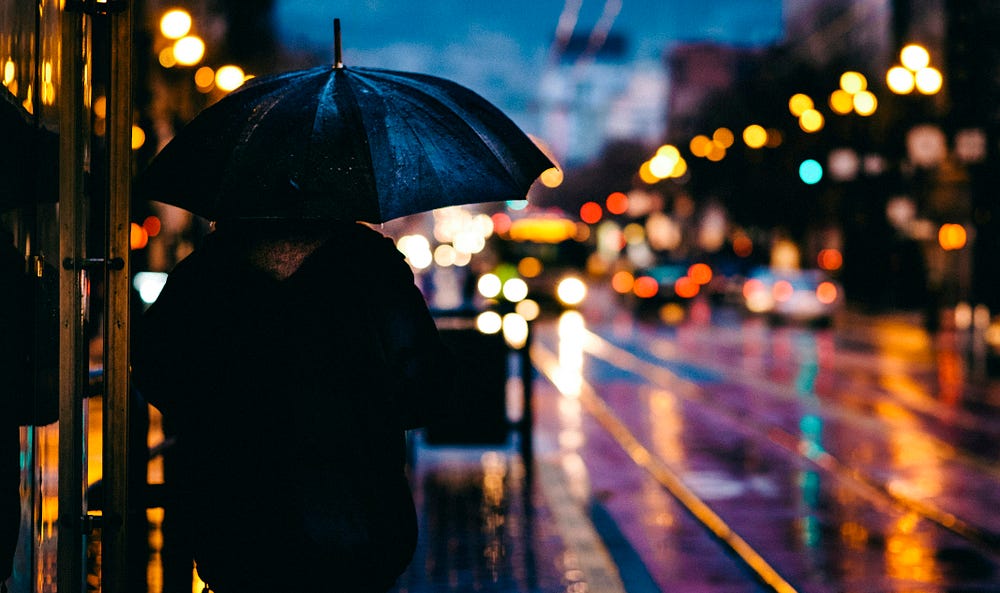Why Weather in Kashmir is so Dramtic?
— Causes and Scientific Understanding
29 Apr '24
6 min read

Kashmir- located in the northern part of the Indian subcontinent, sits at a strategic location, bordered by India, Pakistan, and China, and features diverse geographical features including lush valleys, high mountain ranges, and serene lakes.
Despite its popularity as a tourist destination, Kashmir is also known for its unpredictable weather patterns, which can vary dramatically within short periods. This unpredictability affects various aspects of life in the region, from agriculture and tourism to transportation and daily activities.
Unpredictability
The climate in Kashmir ranges from subtropical (hot, humid summers and mild, dry winters) to alpine (cold, high elevation), influenced by altitude and season. Lower regions experience warmer temperatures affected by the Indian monsoon, while higher altitudes see colder conditions with winter snowfall. This climatic diversity leads to varying weather patterns across different zones, adding to the region’s weather unpredictability.
While Kashmir experiences four distinct seasons: spring, summer, autumn, and winter, each with unique characteristics. However, the region is influenced by the Indian monsoon and Western disturbances (WD’s). The monsoon brings summer rains, varying in intensity and timing, while western disturbances originating from the Mediterranean region bring winter precipitation. The play of these weather systems, along with Kashmir’s topography, creates a complex weather system, contributing to the region’s unpredictable weather patterns.
Factors Contributing to Unpredictable Weather
Kashmir’s unpredictable weather is influenced by a combination of natural factors and external forces, leading to rapid changes that pose challenges for prediction and preparation.
Topography
Kashmir’s mountainous terrain and valleys significantly shape its weather patterns. The Himalayas and Pir Panjal range create microclimates, impacting wind patterns, temperature, and precipitation. Mountains act as barriers, affecting wind direction and speed, leading to swift weather changes. Valleys experience distinct weather due to altitude variations and air circulation patterns.
Proximity to Major Weather Systems
Kashmir’s location exposes it to the Indian monsoon and western disturbances.
Indian Monsoon: Summer monsoons bring varying rainfall, leading to inconsistent weather patterns with heavy rain followed by dry spells.
Western Disturbances: Originating from the Mediterranean, these systems bring rain and snow, especially in winter, with fluctuating intensity, frequency, and duration, contributing to unpredictable weather.
Influence of Western Disturbances
Western disturbances play a crucial role in Kashmir’s weather unpredictability, bringing sudden snowfall in winter and impacting transportation and daily life. Their unpredictable intensity and timing challenge weather forecasts and planning.
Global Climate Change
Climate change contributes to Kashmir’s unpredictable weather by increasing extremes like heavy rainfall and snowstorms. This trend leads to sudden temperature and precipitation shifts, affecting the timing and strength of major weather systems, and making extreme events harder to anticipate.
Causes of Inclement Weather
Inclement weather in Kashmir arises from a blend of natural and human-induced factors, impacting the region with heavy rainfall, snowstorms, and unexpected weather phenomena.
Variability in Seasonal Patterns
Seasonal shifts play a pivotal role in inclement weather. Kashmir’s four distinct seasons exhibit varying intensities and timings, leading to unpredictable weather events. Abrupt transitions can cause sudden temperature changes, triggering snowmelt and increased river flows, resulting in flash floods. The Indian monsoon’s erratic arrival can bring drought-like conditions or heavy downpours, causing floods and landslides.
Local Atmospheric Conditions
Local atmospheric factors significantly influence inclement weather in Kashmir due to its diverse topography and microclimates. Temperature inversions, where warm air traps cooler air, lead to fog and smog, impacting visibility and transportation. Fluctuations in humidity and wind patterns can swiftly alter weather conditions, bringing sudden rain, snow, thunderstorms, and hailstorms.
Human Activity
Human actions contribute to inclement weather in Kashmir, exacerbating natural weather impacts. Deforestation disrupts local weather patterns by reducing moisture retention and soil stability, increasing runoff during heavy rains and contributing to floods and landslides. Urbanization expands impermeable surfaces, worsening flooding during intense rainfall. Pollution from vehicles and industries alters atmospheric conditions, intensifying temperature inversions, leading to prolonged fog and reduced air quality.
Impacts of Unpredictable Weather
Agriculture, being a cornerstone of the region’s economy, suffers significantly from erratic weather patterns. Sudden changes such as frost, hailstorms, or unseasonal rains can lead to considerable crop damage, reducing yields and impacting farmers’ livelihoods. The disruption of seasonal patterns caused by unpredictable weather also affects the timing of planting and harvesting, complicating the management of crops and threatening food security. Furthermore, extreme weather conditions can impact livestock, leading to reduced productivity and higher mortality rates, ultimately affecting the region’s agricultural output.
Tourism, another crucial sector for Kashmir’s economy, is equally vulnerable to the effects of unpredictable weather. Inclement weather can disrupt transportation, causing road closures and flight cancellations, leading to significant travel disruptions. This can deter tourists from visiting, reducing business for local hotels, restaurants, and other tourism-dependent enterprises, resulting in economic losses. Additionally, sudden weather changes pose safety risks for tourists engaged in outdoor activities like trekking and skiing, which could harm the region’s reputation as a tourist destination.
The impact on local communities is significant, with inclement weather often leading to displacement and evacuation. Weather-related events such as floods, landslides, and avalanches may force people to leave their homes, resulting in temporary displacement and increased demand for emergency services. The associated health risks, especially during extreme temperatures or poor air quality conditions, add to the strain on local healthcare systems. Finally, the economic impact of unpredictable weather is considerable, as disruptions to agriculture, tourism, and infrastructure can lead to financial losses for businesses and individuals, complicating recovery efforts and affecting the overall well-being of the community.
The factors that contribute to this unpredictability range from the region’s geographical features to broader global climate trends. Specifically, Kashmir’s mountainous terrain and proximity to significant weather systems like the Indian monsoon and western disturbances create a complex and often unpredictable weather landscape. The impact of seasonal variability and human-induced factors like deforestation and urbanization further complicate the situation.
To address these challenges, a robust approach is required. Disaster preparedness and resilient infrastructure can help manage immediate risks, while longer-term strategies like climate change mitigation and sustainable development are essential for creating a safer, more sustainable future. By recognizing these key factors and their impact, stakeholders can develop effective policies and practices to reduce the adverse effects of unpredictable weather in Kashmir, ensuring that the region remains resilient and vibrant.
You can access the same article on Medium. and on The Viral Post as well.
Category:Education
Written by Younus M. Bhat
I am a columnist, author, and a PhD scholar with a passion for sharing my knowledge and expertise with others. Visit: https://www.theviralpost.online/ Email: [email protected], Stay Happy😊
0 Followers
0 Following












